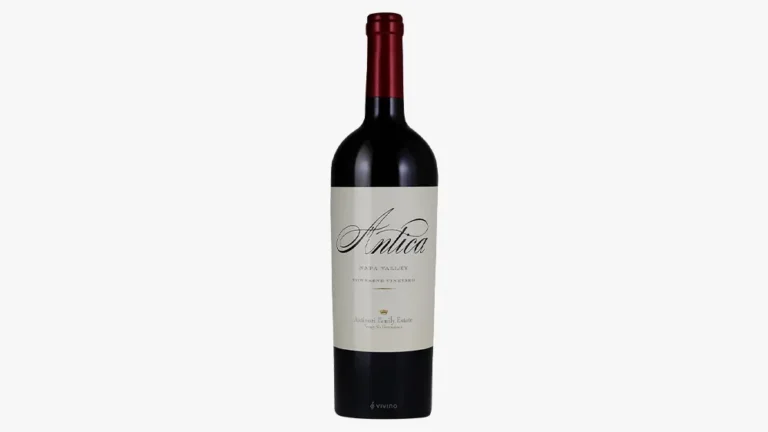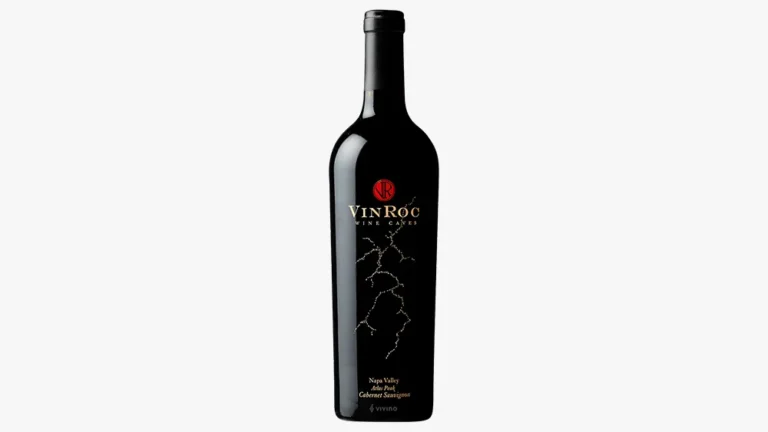APAA members Antinori, Lobo Wines, and VinRoc Wine Caves have recently been recognized for their fine wines from Atlas Peak.
January 12, 2024
With its high vineyard elevations and volcanic soils, the Atlas Peak AVA on the east side of Napa Valley offers a unique microclimate for the Cabernet Sauvignon, Chardonnay, and other varieties grown there. First planted with grapes in 1870 and officially recognized as an American Viticultural Area in 1992, it is the birthplace of some of the finest wines coming out of Napa Valley. Close to San Pablo Bay and therefore cooler than other areas in the valley, it also receives less rainfall than most of the neighboring AVAs. Although there are several large vineyards on its west-facing slopes, you will also note cattle grazing on its parched landscape.
Most vineyards here sit at over 1,400 feet of elevation, with vines ranging in altitude from 760 feet to 2,600 feet in altitude. Despite long hours of sunlight that aid in ripeness, vineyard altitude brings on cooler nighttime temperatures to retain freshness and acidity in the grapes. Porous volcanic soil cools down rather quickly once the sun sets, adding another layer to the diurnal temperature affect. That said, daytime temperatures on Atlas Peak during the summer are on average 10° to 15° F lower than those on the valley floor, which also helps to maintain acidity levels. Almost half of the AVA’s 1,500 acres of vineyards cultivate Cabernet Sauvignon. Second most popular here is Chardonnay, accounting for around 10 percent of the grapes grown, with the remainder divided among many other varieties including Merlot, Zinfandel, Syrah, and Sauvignon Blanc. There are around a dozen wineries on the mountain and many other wineries throughout Napa Valley and Sonoma that source grapes from Atlas Peak’s high-flying vines.
Antica 2018 Townsend Vineyard Cabernet Sauvignon Atlas Peak Napa Valley California
The Antinori family purchased 500 acres of planted vineyards in 1993 and Antica Napa Valley was born. The region’s rolling hills reminded them of Tuscany and to this day the family strives to express both Tuscan and Napa style in their highly sought after wines. The deep purple colored 2018 is a blend of 92 percent Cabernet Sauvignon and 8 percent Cabernet Franc and has aromas of black plum, ripe cherry, and blackberry. A silky tannic sheath envelopes flavors of red plum, graphite, olive tapenade, and dried tobacco leaf. We tasted this delicious wine from magnum and know it will continue to evolve for decades to come.

Lobo Wulff Vineyards 2016 Cabernet Sauvignon Atlas Peak Napa Valley
Before making their own estate wine, Krys and Randy Wulff sold their grapes to Lewis Cellars and Mumm. The vineyard name Lobo is the Spanish word for wolf and is a play on the couple’s last name. Aromas of Oolong black tea, blueberry, and blackberry draw you in to this enticing Cabernet Sauvignon. Flavors of dried violet petals, red currant, cassis, and black plums are sheathed in well-integrated tannins that support a sturdy backbone of minerality. Enjoy now through 2030.

VinRoc 2019 Cabernet Sauvignon Atlas Peak Napa Valley California
This delicious Atlas Peak Cab is made from estate single vineyard grapes grown at altitudes of 1,600 feet in rocky volcanic soils. The winemaking team limits the yields to one to two tons per acre and then the grapes are harvested, fermented, and aged as separate lots. The aging regime includes two years in French oak with 50 percent new barrels and then one year in bottle before release. Ruby colored in the glass, the bouquet opens with black cherry, black raspberry, red currant, and vanilla aromas that pave the way for flavors of cassis, black cherry, and brown baking spices. Drink now through 2032.

View the full article here.